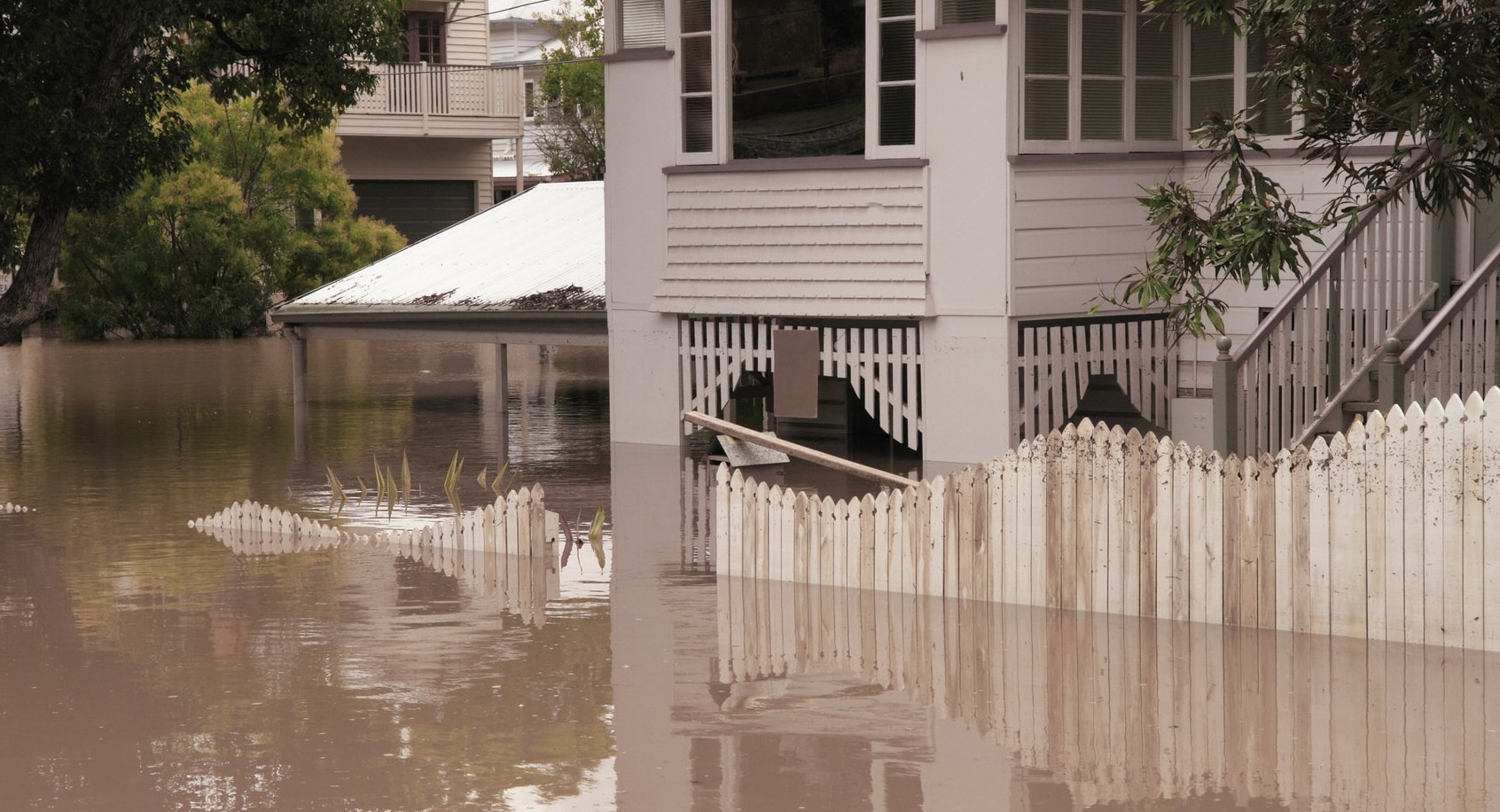
Before a flood strikes, there are many things you can do to reduce the damage caused to your home and property. Below are some steps you can take to preserve the integrity of your home and reduce the impact the water will have on your family and your assets.
Know Your Flood Risk
The first thing you should do is contact your local floodplain management office, building department or emergency management office to get information on the risk of flooding in your area. Request access to your community’s flood map. You might be able to see the projected neighborhood flood elevation which might be found on the community website. Knowing this information can help you prepare.
You can visit the FEMA’s Flood Map Service Center or call your county or city government to find your home on the local flood map. Your mortgage lender or insurance agent might also be able to help you.
Ensure your Sump Pump is Working
You should consider having a sump pump system in your basement, which is a very vulnerable area of your home for flood damage, to help keep unwanted water out of this part of your home. Make sure the pit and sump pump is clean and pour water into the pit to test the pump. Ensure water is discharged properly from the discharge hose a few feet away from your home to an area that is well-drained and slopes away from your home.
Clean Debris
If you have heavy rain or local drainage problems, ensure you clear all drains, downspouts and gutters of debris to avoid any back-up.
Move your Valuables to Higher Locations
Any valuables you have like high school yearbooks, family photo albums, tax records, personal videotapes, household inventories and insurance policies should be moved to the attic or high shelves. Make copies of important records and store them in a different location that is not vulnerable to flooding.
Locate your Shutoff Valve
Locate where your main water shutoff valve is. These valves can usually be found on water lines that lead to outside faucets or on water lines under your sinks and toilets.
Prevent Sewer Backup
Storm water entering the sanitary sewer can often lead to sewer backup and cause a water overload in the system. When the system becomes overloaded, it can backflow into household lines and cause sewer water to enter your basement. You can avoid sewer backup in your house by plugging all sewer openings in your basement including toilets, floor drains, showers, sinks and so forth. After you lift your toilet and take off sink traps, you can use expandable plugs, wooden plugs or screwed caps to cap the openings.
Once you determine your risk for flooding, it’s a good idea that you purchase flood insurance, particularly if you find out that you are indeed in a high-risk flood zone or near one. The federal National Flood Insurance Program can provide you with flood insurance or you can go through a private insurance company to obtain it. Speak to us here at bolt insurance Agency at 1-800-216-4171 to learn more about flood insurance.